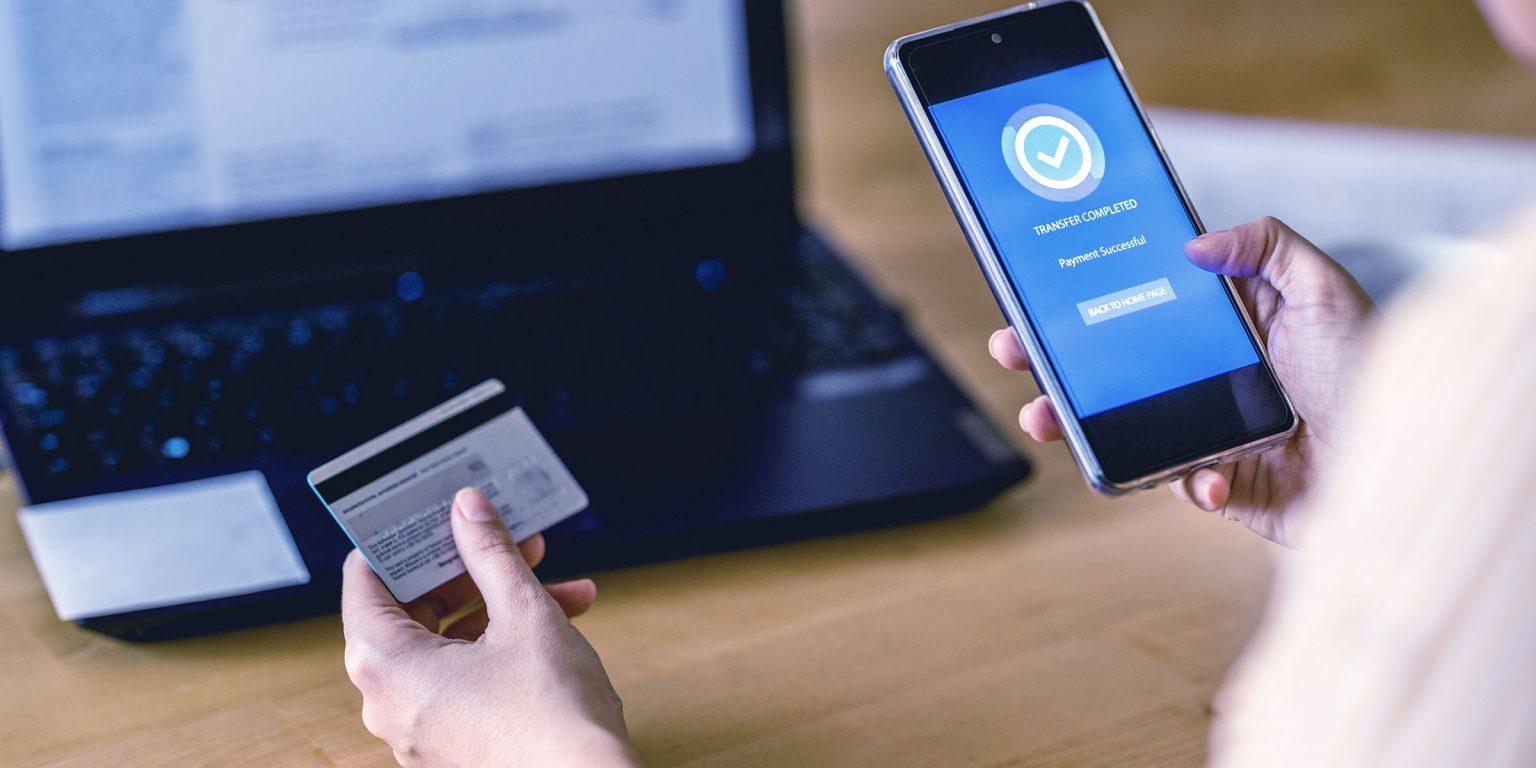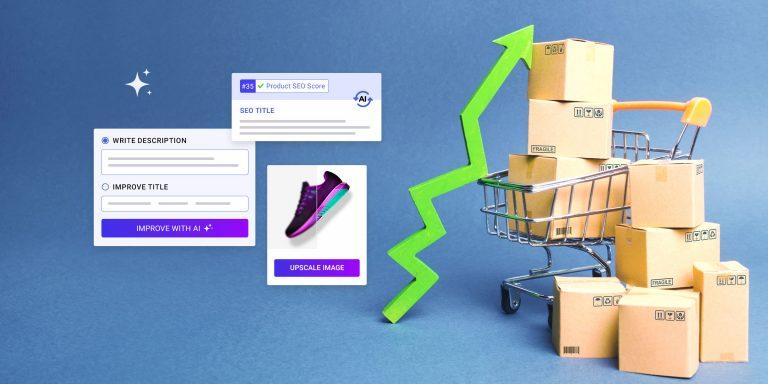Cybercriminals have launched many high-profile attacks recently. Data thefts impact ecommerce, dropshipping store and apps significantly. Ecommerce site security is important for platform and customer data protection. Attackers are more common and smarter nowadays. As such, ecommerce platforms face a bigger danger of app data compromise and loss.
They can no longer prevent these attacks with basic platform security. Online businesses such as dropshipping stores require advanced app protection measures due to the growing dangers of data. They require intrusion detection systems and security audits. The platforms require encryption and firewalls. These measures will earn and maintain customer trust, and any business will benefit from sustained success.
Table of Contents
What is App data and why does it require protection?
App data is information stored in apps from multiple places. An example of data stored by apps is behavioral data, this shows customer preferences and interactions with a platform. The app also contains user data, including contact email, names, financial information and other type of content data like photos, messages, and videos.
Your application security in the modern digital world is important. Developers and security companies focus on ensuring apps don’t have gaps and weak points. You can therefore improve the security of your apps by writing an application security policy. This policy guides users on the dos and don’ts of application security. Collaboration with application security companies provides better protection for your app data environment. These organizations provide a variety of ecommerce security services. They test systems for vulnerabilities and do code reviews. They regularly check your system and fix all security problems. Your ecommerce platform should always make online security a priority.
You will find transactional data in the application too, this shows customer orders, purchases, and the money they send. The app also features device data which shows device details like model, IMEI number, and unique ID. Application protection is important due to privacy concerns. Someone might steal data contained in the app.
App protection also protects the platform’s intellectual property rights. It ensures that the platform is compliant with data regulation laws like GDPR. Ecommerce security protects platforms from financial risks, and the ecommerce store protects its reputation and operational security.
Advanced app threats affecting ecommerce security
- SQL Injection. Attackers insert malicious code into an ecommerce data store. The code then damages the store’s data or deletes it.
- Advanced Persistent Threats (APT). APTs infect an e-store and stay within the system for many days. It uses advanced features to avoid detection. This threat can significantly affect online business operations.
- Cross-Site Scripting. XSS introduces malicious scripts into web pages. It is used for identity and cookie data theft.
- Zero-Day Exploits. These breaches target apps containing hidden security gaps. Attackers take advantage of these gaps to steal data. Third-party apps in ecommerce are the most prone to these attacks.
- Distributed Denial of Service. DDoS affects security for ecommerce by flooding the platform with online traffic.
- Bot Attacks. Malicious bots are cybersecurity risks because they execute many malicious attacks. They execute fake transactions and steal data. They can affect your services by overwhelming the system.

Implementing advanced threat detection and response
Advanced threat detection is an ecommerce protection strategy that tests all data that security control layers have allowed to pass. This strategy lets organizations detect possible attacks earlier. It lets companies strategize for defense and respond in real time to minimize damage. This is done in various ways.
Threat intelligence
Threat intelligence alerts organizations about emerging cyber threats and weak points. They integrate this approach to predict possible threats accurately. This system relies on data to learn patterns and generate results. It helps organizations strengthen defense systems.
Intrusion detection systems and intrusion prevention systems
IDS and IPS scan the network for suspicious or malicious activities. The systems send alerts once they detect such activities. IDS does the detection and alerting while IPS does the blocking. These systems minimize breach possibilities and keep e-commerce data secure.
Security information and event management system
SIEM acts like a command center for security for ecommerce and dropshipping websites. The system manages log data and does real-time monitoring. It analyzes data and provides accurate security reports. The system identifies threats and manages incidents with great success.
Behavioral analytics
Behavioral analytics monitors visitors on ecommerce platforms and analyzes their behavior. If they engage in suspicious activities, the system sends an alert. The system uses data to learn the secure patterns. If a user changes the pattern they are marked as suspicious.
Conduct regular security audits
A secure ecommerce platform requires a proactive threat management strategy. Closely monitor every entry point to ensure it is safe. Several proactive security management practices help you achieve this.
- Install the latest security patches and updates. Get updates and security patches from developers. Install these updates to keep the e-commerce system secure.
- Do penetration testing. Hire an ethical hacker to try and gain access to the system. If they succeed, it means the system is weak. The ethical hacker reports on the areas that require improvement. Test the system and the issues that could compromise security.
- Educate users. Train users about the importance of protecting the right online store. Train them about common and advanced threats. Help them create strong logins and protect the system against phishing attempts.
- Review code. Use automated review tools to review code. This review checks whether the code is sending information to a third-party app.
Engage in secure app development life cycle
App lifecycle development starts at the planning phase and ends at the launching phase. It extends into maintenance and feedback collection. Organizations should ensure the entire lifecycle is secure. Developers must add various security features at every phase. Several steps lead to a secure app development process.
Secure the APIs
APIs allow the various apps to interconnect smoothly. They are important for an enhanced online shopping experience. These tools can be highly vulnerable in low-security sites. Developers should include security measures like encryption and secure logins in the tools. They prevent breaches that could affect ecommerce operations.
Adopt a secure software development lifecycle
A secure SDLC integrates security features in every phase. Create secure code and app infrastructure. Test each development phase to check software security. If your team finds potential problems, get a way out and fix them. Consistent security testing ensures the final app is secure.
Stay informed
Be informed about the current app security trends. Encourage your team to stay ahead and understand the trends. Help them learn about security issues affecting commerce and online shopping. This prepares the team to deal with any security incidents that may arise.
Do dependency management
Code from a third-party site is good but it may contain various vulnerabilities. Understand the various ecommerce security threats and solutions. Closely monitor third-party codes and find a way to fix them. Test every code component to confirm it is secure. These steps create a safer app environment for running your online business platform.

Understand data protection guidelines and follow them
Several protection guidelines provide rules for gathering and handling data. Follow these guidelines to make sure your ecommerce website is safe. These guidelines include the following.
California Consumer Privacy Act
CCPA protects California residents and grants them data rights. It grants them the right to know how their data is collected and used. They should be told who will store the data and what it will be used for. Follow the CCPA guidelines to avoid falling into legal battles.
General Data Protection Regulation (DGPR)
GDPR provides a set of rules that everyone in the world must follow. It primarily aims to protect people in the EU region. Since anyone in the world can collect data from any place, these guidelines protect EU members. The rule requires you to get written consent if you collect data above the minimum amount. The guidelines allow users to access the data and change it. They have the right to delete the data if they wish to do so.
Payment Card Industry Data Security Standard (PCI DSS)
PCI DSS guidelines were created to protect the collection and use of credit card data. It provides data collection rules during and after transactions. This ensures the cardholder and the network are protected. The cardholder is required to have strong access controls to feel safer.
Strong authentication for legitimate access
Legitimate ecommerce platform access ensures the person logging in is the right account holder. Online businesses use several access controls to maintain a high level of security. Most of the platforms nowadays use biometric authentication, which requires users to insert unique access methods like iris scan and fingerprint.
Most platforms use multi-factor authentication as an additional security layer. They combine these methods with password-less authentication. This method lets people access an account without entering a physical password. Each of the methods aims to improve access user experience and security.
Brands must be ready for real-time response when security issues arise. Online businesses require an incident response team to deal with such issues. Develop the right response procedures if breaches happen. Conduct extensive post-incidence analysis once data recovery is done after an attack.
Conclusion
The safety of your ecommerce apps is critical. Several strategies help you create a secure app environment. Adopt prioritized security in the app development lifecycle. Encrypted data and proactively address security issues in your website. Monitor your apps and fix any problems that arise. Follow the established app data security guidelines like GDPR and CCPA.











